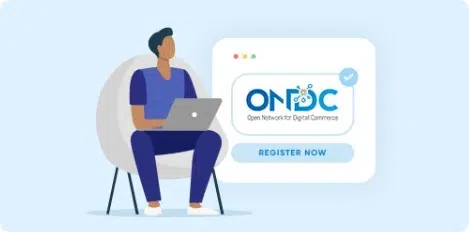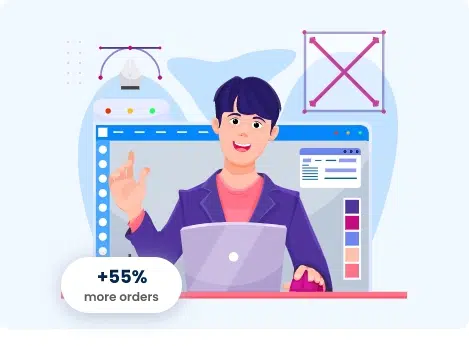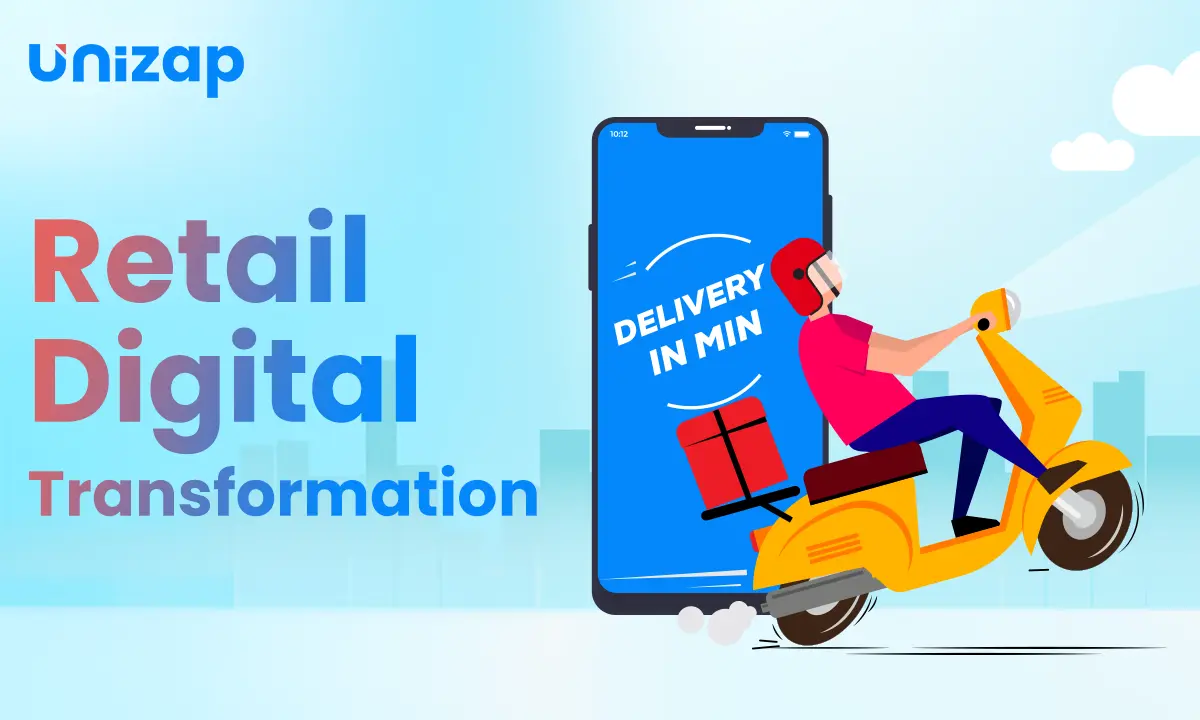Introduction
Online customers are attracted to your website through effective marketing techniques. Getting customers to your site and encouraging them to complete the checkout process, on the other hand, are two different things. There’s a lot that occurs in between! A bad user experience (UX), for example, can turn off customers and cause people to quit your store at any time.
Customers are more likely to finish the checkout process if the website design is consistent. In addition, user experience and conversions are aided by clear writing and quality product pictures.
Are you also in the online selling business? Then, you’ve almost certainly already joined the e-commerce queue.
However, selling online is difficult if your site lacks the essential components that entice and interest your intended audience. With the layout suggestions provided below, you may create a fantastic e-commerce website.
1. Make Use of Your Branding Elements
An excellent e-commerce marketing plan includes incorporating branding aspects into your strategic imperative. It aids in the aesthetic consistency of the design. It also aids the audience in making a connection with your brand.
2. Make Use of High-Definition Graphics and Images
Encourage your UX team to use visual design components such as apertures, colours, and other aesthetic graphics to give your website a unique look. These may be used in marketing materials and advertising as well. By displaying items in real-life settings, large and original images may improve image SEO and user experience.
3. Include product demonstrations and videos.
Product videos improve the user experience on a website and assist customers in making a rapid purchasing decision. This has a significant impact on conversions, which leads to increased revenue. In addition, these films are helpful in telling a compelling brand storey, keeping customers updated, and answering frequently asked consumer inquiries.
4. Choose a website layout that is clutter-free and easy to navigate.
From the e-commerce sector, here are two simple website designs. Take a peek at these online stores’ website designs. Instead of being confused by pop-ups and giant advertisements, the navigation menus simply display the key offerings of the digital businesses.
5. Make the most of your colour choices.
One of the most effective methods in an e-commerce brand identity toolkit is colour. Over 85% of buyers believe colour to be a key consideration when placing an order. So make strategic use of brand colours to elicit particular emotions in your audience and encourage them to take action in your favour.
6. Optimize the Site’s Loading Time
You may use the above approach to speed up the loading of your website.
Reduce the time it takes to get to the first byte (TTFB)
A fast TTFB can rapidly send components to a web browser, such as https requests, process requests, and response times.
Conclusion
Your website is the storefront of your company. A brand might appear cold and distant if its layout is outdated and unattractive. No one wants to shop at such stores!
The techniques mentioned above will encourage customers to spend more time on your e-commerce site, boosting the likelihood of a transaction.







